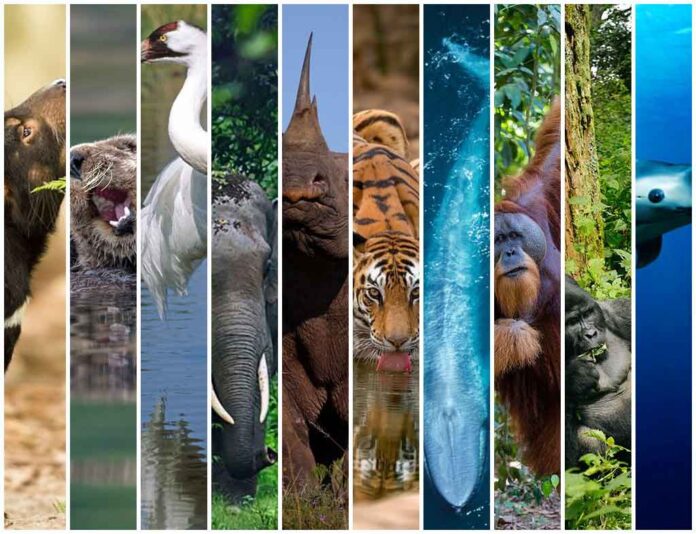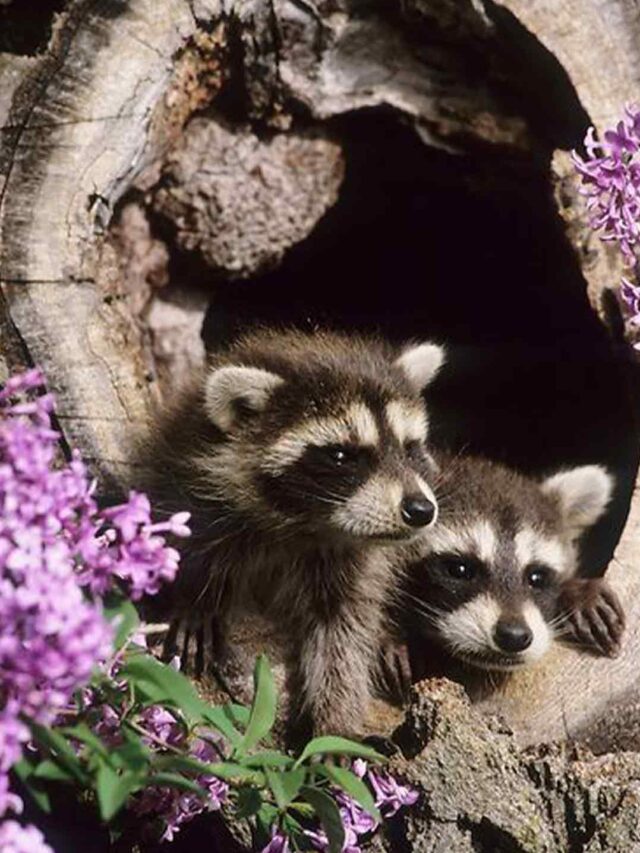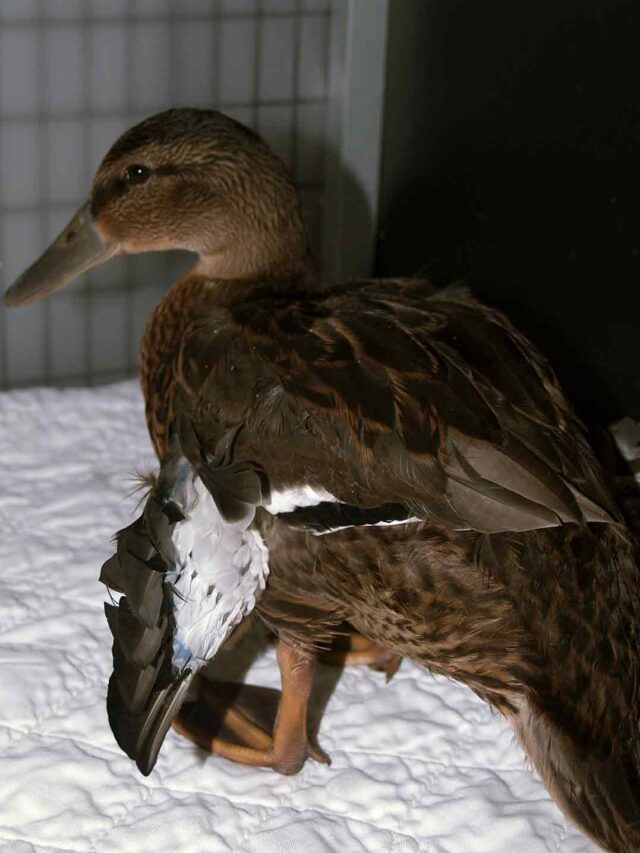
Table of Contents
Vaquita (Phocoena Sinus)
The vaquita (Phocoena sinus) is a small, critically endangered marine mammal found only in the northern part of the Gulf of California, Mexico. It is the smallest species of porpoise and is known for its distinctive dark rings around its eyes and lips. The vaquita faces threats from bycatch in gillnets used for fishing, making conservation efforts crucial for its survival.
Tiger (Panthera Tigris)
Tigers (Panthera Tigris) are the largest cat species in the world and are known for their distinctive orange fur with black stripes. They are solitary and territorial animals, found primarily in Asia’s dense forests, grasslands, and swamps. Tigers are critically endangered due to habitat loss, poaching, and human-wildlife conflict, with several subspecies on the brink of extinction.
Whooping Crane (Grus Americana)
The whooping crane (Grus americana) is a large, tall bird known for its striking white plumage, red cap, and long black legs and bill. This endangered species is one of the tallest birds in North America and is known for its loud, distinctive call. Conservation efforts have been successful in increasing their numbers, but habitat loss and other threats still pose challenges to their survival.
Blue Whale (Balaenoptera Musculus)
The blue whale (Balaenoptera musculus) is the largest animal ever known to have lived on Earth, growing up to 100 feet in length and weighing as much as 200 tons. These majestic marine mammals are known for their long, slender bodies and characteristic bluish-grey colouring. Blue whales feed primarily on small crustaceans called krill, consuming several tons per day to sustain their massive size.
Asian Elephant (Elephas Maximus)
The Asian elephant (Elephas maximus) is a large herbivorous mammal native to parts of South and Southeast Asia. It is known for its distinctive smaller ears, compared to the African elephant, and a single “finger” on the trunk tip, unlike the African elephant’s two. Asian elephants face threats from habitat loss, human-elephant conflict, and poaching, making them an endangered species.
Sea Otter (Enhydra lutris)
The sea otter (Enhydra lutris) is a marine mammal native to the coasts of the northern and eastern North Pacific Ocean. Known for its dense fur, which is the thickest of any animal, it relies on this fur for insulation in cold waters. Sea otters are playful creatures often seen floating on their backs, and they play a critical role in maintaining the health of kelp forest ecosystems by controlling sea urchin populations.
Javan Rhinoceros (Rhinoceros Sondaicus)
The Javan rhinoceros (Rhinoceros sondaicus) is one of the most endangered large mammals in the world, with only a small population remaining in Ujung Kulon National Park in Indonesia. This species is known for its single horn, which is smaller than other rhinoceros species and used for defence and foraging. The Javan rhino faces threats from habitat loss and poaching, making conservation efforts crucial for its survival.
Gorilla (Gorilla beringei and Gorilla gorilla)
Gorillas, including Gorilla beringei and Gorilla gorilla, are large apes native to the forests of Central and Western Africa. They live in close-knit social groups led by a dominant silverback male and are known for their intelligence, strength, and gentle behaviour. Both species face threats from habitat loss and poaching, making them critically endangered and in need of conservation efforts.
Tasmanian Devil (Sarcophilus Harrisii)
The Tasmanian devil (Sarcophilus harrisii) is a carnivorous marsupial native to the island state of Tasmania, Australia. Known for its distinctive black fur, loud vocalizations, and strong bite, it primarily feeds on carrion but will also hunt small prey. The species faces threats from habitat loss and a contagious facial tumour disease, which has caused significant population declines.
Orangutan (Genus Pongo)
Orangutans, belonging to the genus Pongo, are great apes found in the rainforests of Southeast Asia, specifically on the islands of Borneo and Sumatra. They are known for their distinctive red hair, strong arms, and remarkable intelligence, which they use to solve problems and make tools. Unfortunately, orangutans face threats from habitat loss due to deforestation and palm oil plantations, as well as poaching, making them a critically endangered species.












